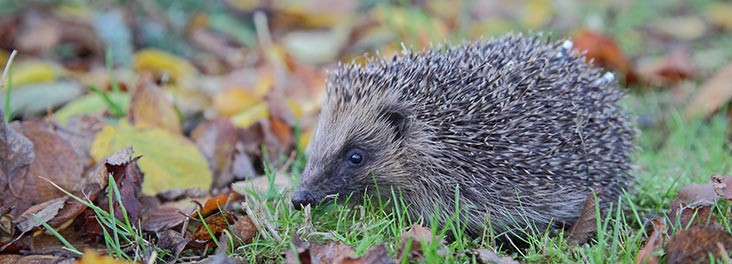Winter Maintenance 2019/20

The site is closed until April but work doesn't stop. Though there are no major projects planned , such as last season's new hard standing pitches, regular maintenance is still an essential part of running a camp site. A critical part of this is trying to be as environmentally friendly as possible.
Now that we are outside of the bird nesting season and the hedges have finished fruiting, our road hedges have just been trimmed by a professional contractor. There's much more to it than just sitting in a tractor cab!
A typical Cornish hedge is a hybrid between a stone wall and an earth bank. It has an earth core, faced each side with local stone, usually tapered with an inward curve from the base to half-way up, with the top being half the width of the bottom. This is vital for the stability of the hedge structure.
We don't trim all of our hedges. Some within the site are deliberately left to act as shelter and provide a habitat for our wildlife.
Only doing essential trimming allows wildlife to survive in the untrimmed areas and to recolonise before the next cut.
The untrimmed hedgerows and parts of hedgerows keeps....
• The resident in-hedge wildlife which will replace the portion destroyed by the trimming.
• The winter fruits for birds, ripe wood for next season's fruits, and wildflowers to complete seeding cycles.
• The spring pollen and nectar for emerging bumblebees, moths, butterflies and other insects.
• The undisturbed cover for hibernating wildlife from predators, and for nesting birds.
• The protection from the killing east-wind in winter and drying out in summer .
• The corridor cover for wildlife movement along the hedge.
(Cornwall Council Guidance)
Likewise if you take a look at our hedges when you visit , we tend to leave additional top growth above the hedge bank itself. This provides shelter against the wind in winter and a better opportunity for wildlife to colonise.
As a lad in the 1950's I can remember my father and uncle paring hedges by hand with a hook. I still have one but just to trim around the electrical hook up points in the summer.
I hasten to add this as my two brothers who are still hard at work farming would smile if I said I did more. Particularly as I declined an invitation to help one of them lay what seemed a particularly challenging hedge a few years ago. Sorry Peter I'll stick to the ride on mower for my green gym!
Then came the tractor mounted finger trimmer which required another person working behind to rake up the parings and load it onto a seperate trailer. Today's volumes of traffic mean that tractor mounted flail mowers are the only possible option for road hedges.
Hence the need for a skilled operator. Cutting too tight can kill off vegetation that maintains the structure of the hedge whilst leaving it too long on corners can restrict drivers vision.
So a big thank you to our contractor John Moore from Quethiock for another excellent job. Spring and summer 2019 saw the hedges ablaze with colour and plenty of blackberries for our Labrador Rebel to nibble.
We look forward to Spring 2020.
Whilst modern trimmers have reduced the amount of parings which were traditionally burnt we still have quite a bit of autumn debris to get rid of. The last few weeks weather has offered few dry spells when the wind was in the right direction to burn.
So we have built up quite a few dumpy bags of material. One of the benefits of storing it this way is that we can reduce the risk to our many prickly friends who live with us here at Fursdon.
We are told that though wet, the relatively warm winter has meant that not all hedgehogs have started to hibernate? This has caused Kathryn some disappointment in that No.1 Hedgehog Lane still remains unoccupied.
Though sited near a regular run, our friends still appear to favour more natural settings despite inquisitive Labradors . In Cornwall we are well served by some great Hedgehog Rescue Charities and trained local volunteers. Good advice from the RSPCA recommends that we:

• Check for hedgehogs before using strimmers or mowers, particularly under hedges where animals may rest. Check compost heaps for nesting hogs before forking over.
• Build bonfires as close to time of lighting as possible and check them thoroughly before lighting.
• Remove sports or fruit netting when not in use to prevent hedgehogs becoming entangled, and getting injured.
• Slug pellets can poison hedgehogs and should only be used as a last resort. Instead try using one of many "natural" alternatives, like sprinkling crushed eggshells or coffee grounds .
When you subscribe to the blog, we will send you an e-mail when there are new updates on the site so you wouldn't miss them.
